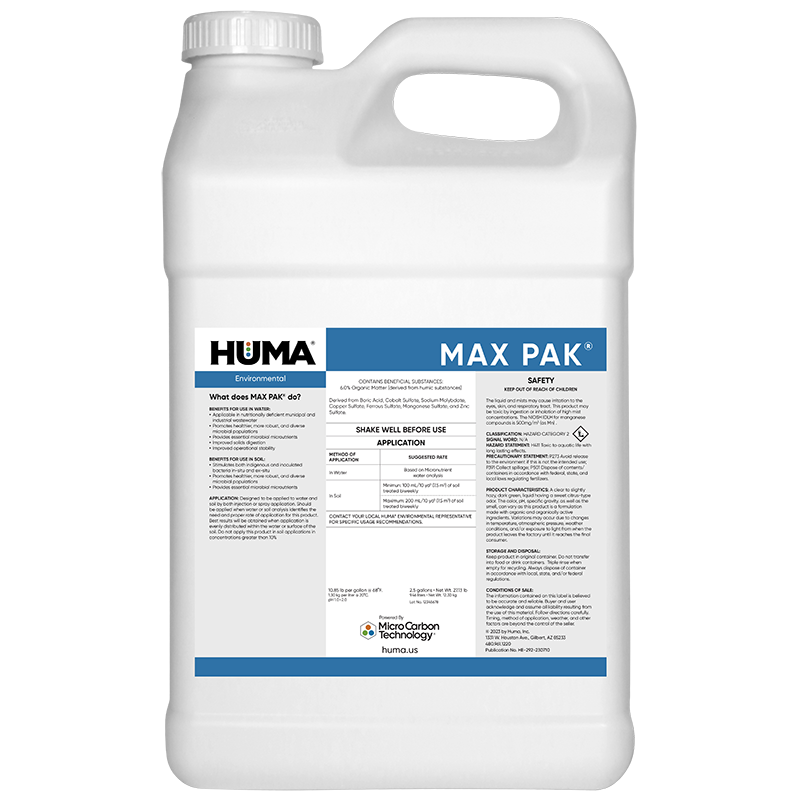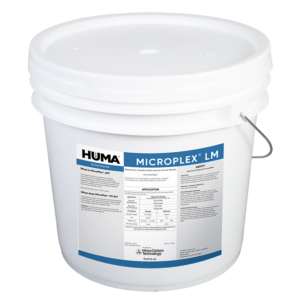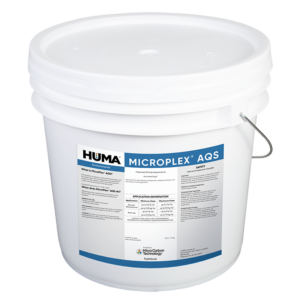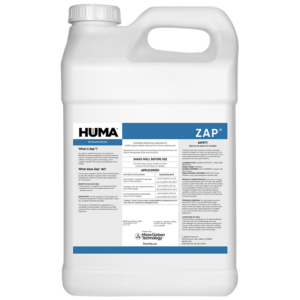Max Pak® (HE)
Benefits of Use:
- Stimulates both indigenous and inoculated bacteria in-situ and ex-situ
- Promotes healthier, more robust, and diverse microbial populations
- Provides essential microbial micronutrients
Benefits of Use in Water:
- Applicable in nutritionally deficient municipal and industrial wastewater
- Promotes healthier, more robust, and diverse microbial populations
- Provides essential microbial micronutrients
- Improved solids digestion
- Improved operational stability
FAQs
Related Videos
Related Products
Related Case Studies

Bio Energizer® Toxicity Testing
Abstract Bio Energizer® is frequently used to facilitate bioremediation of wastewater. A study was conducted by an independent laboratory to measure possible negative effects Bio Energizer® might have on a freshwater test species (rainbow trout). Using EPA-approved methodology to evaluate Bio Energizer®, the lab administered the product at 10 ppm to a test tank and

Bio Energizer® Reduces Costs and Turbidity in Paperboard Lagoons at Kentucky Papermill Wastewater Facility
Problem A paper mill wastewater facility was treating 940 tons of paper bags, recycled linerboard, and corrugating medium, daily. The mill was interested in improving wastewater operating efficiency and lowering operating expenses over their standard polymer usage. The plant was experiencing filamentous bacteria, solids, and bulking issues in the final clarifier. It was discharging 4,000

Bio Energizer® Reduces Sludge 45% In One Year, Saves Municipal Plant $6 M In Dredging Costs
Summary In this study, a one-year bioremediation plan featuring Bio Energizer® was implemented for a municipal wastewater treatment facility with 2 primary lagoons in which sludge depths had reached 5–7 feet. The lagoons were at risk of upset and wastewater processing capacity was reduced. Sludge levels were measured at baseline and quarterly. Sludge depth was
Related Blog Posts

The Water Break Podcast Hits 3,000 Downloads
Back in May of 2020, we started talking about doing a water-and-wastewater-focused podcast that Heather Jennings would host. Heather had never done anything like hosting a podcast, and she wasn’t sure that she should. “Do you think anyone would listen?” she asked. We did, and we started mapping out the campaign. Heather insisted that the
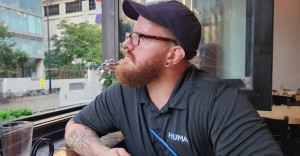
Wastewater Wednesday: Swansea in Massachusetts Uses Federal Funding for Sewer Expansion

Welcome to Huma®: Humic Solutions with a Human Touch
I am extremely proud to officially unveil our company’s new branding and name. We are now Huma®– a 50-year-old legacy ready to be reintroduced to the world! It is a strategic decision to shorten our name from Bio Huma Netics® (BHN) to Huma® and we are confident that this progressive move is in our company

